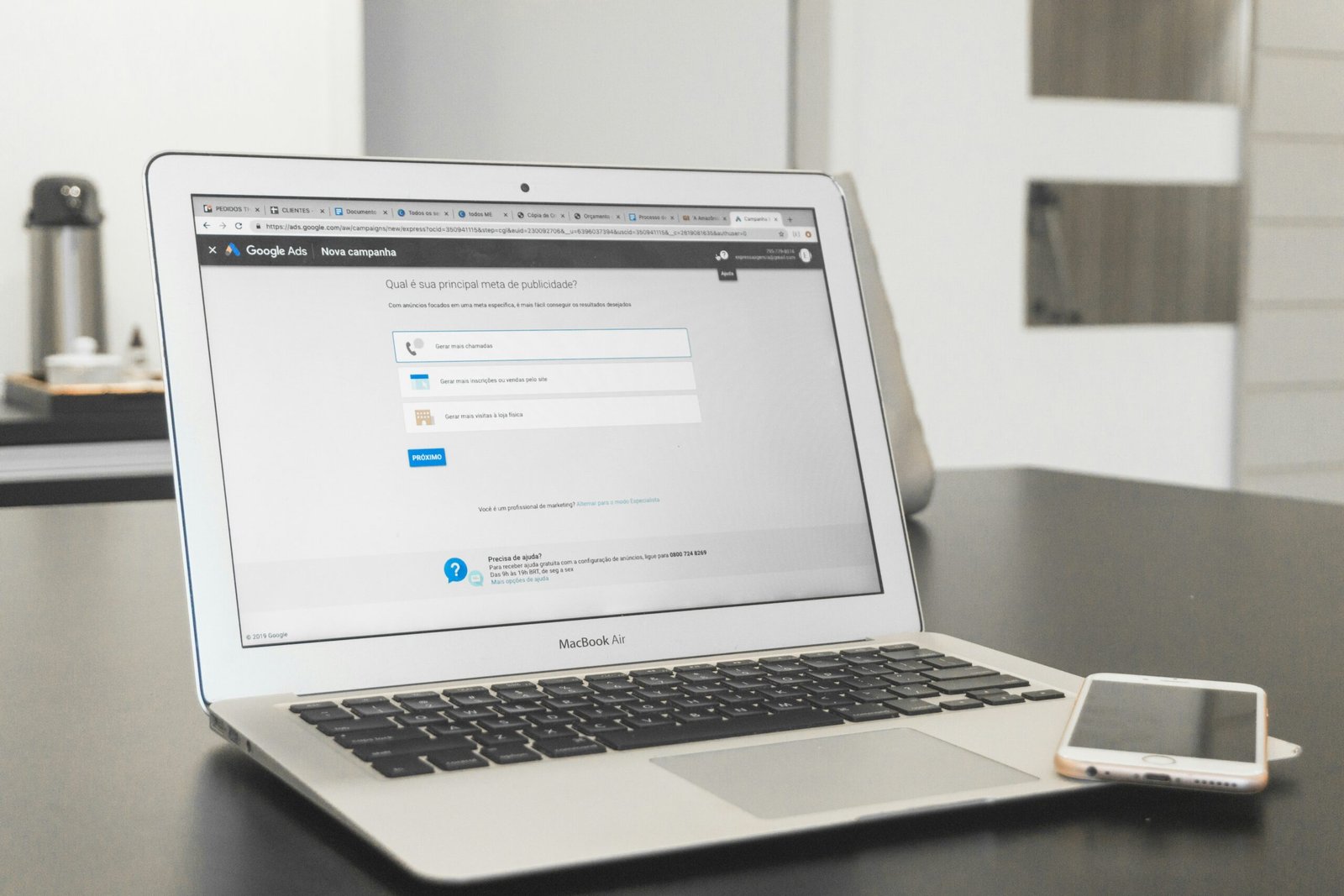INTRODUCTION
In today’s fast-paced digital age, almost everything can be accessed through the internet. From fashion and electronics to wellness products and lifestyle essentials, websites play a major role in how we interact with brands. However, while the convenience of online platforms is undeniable, the risks are equally real. With so many websites competing for attention, not every one of them is authentic. Some are legitimate businesses dedicated to delivering value, while others may exist solely to exploit unsuspecting visitors. For anyone in the United States who enjoys online shopping, browsing marketplaces, or interacting with digital brands, knowing how to recognize an authentic website is a critical life skill. It ensures safety, saves time, and keeps your personal and financial data secure. Below, we’ll walk you through everything you need to know about identifying trustworthy sites—presented in a way that aligns with modern consumer awareness.
Why Authenticity Matters in Online Platforms
Authenticity is more than just about avoiding scams. It impacts:

-
Security: Authentic websites safeguard personal details such as email addresses, passwords, and payment information with encryption and strict privacy measures.
-
Reliability: Trustworthy platforms provide accurate product information, realistic pricing, and clear policies.
-
Customer Confidence: A safe and reliable site encourages confidence in returning, exploring more, and sharing the platform with others.
-
Digital Wellness: Reducing exposure to fraudulent or harmful websites creates peace of mind in your digital lifestyle.
In short, recognizing authenticity allows you to browse with confidence and avoid unnecessary risks.
Key Signs of an Authentic Website
1. Check the Web Address (URL)
Start by examining the URL carefully. Authentic websites usually begin with “https://” instead of just “http://.” The extra “s” stands for secure encryption. Additionally:
-
Look for a padlock icon next to the URL. This indicates the site uses SSL certificates to secure connections.
-
Be wary of odd spellings or extra characters in well-known brand names (for example, “amaz0n” instead of “amazon”). Cybercriminals often use “lookalike” domains to trick visitors.
2. Review the Website Design and Content
A genuine site usually has a clean layout, functional links, and carefully prepared content. Warning signs of fake platforms include:

-
Poor grammar, spelling mistakes, or awkward phrasing.
-
Broken images or links leading to unrelated pages.
-
A design that feels rushed or inconsistent with the brand’s reputation.
Professionalism in presentation often reflects authenticity.
3. Look for Contact Information and Transparency
Legitimate websites make it easy for visitors to reach them. You should be able to find:
-
A physical address (often in the USA for domestic businesses).
-
A working phone number or customer service email.
-
An “About Us” page that introduces the company and its mission.
Fraudulent sites often hide behind vague or missing contact details. If a site provides no clear way to communicate, that’s a red flag.
4. Check for Reviews and Social Presence
Authentic platforms often have a digital footprint beyond their website. Look for:
-
Reviews on third-party platforms like Trustpilot, Google Reviews, or Better Business Bureau (BBB).
-
Social media accounts with consistent branding and genuine engagement.
-
Mentions in blogs, forums, or news outlets.
If you find no trace of the company outside its own site, consider it suspicious.
5. Understand Policies on Shipping, Returns, and Privacy
Authentic sites invest time in creating clear, detailed policy pages. Look for:

-
Transparent return or refund terms.
-
Well-written shipping timelines.
-
A privacy policy that explains how your data is used.
Fake sites often skip these details or provide vague, unrealistic promises like “100% free shipping everywhere, no questions asked.”
6. Test the Payment Process (Safely)
While we won’t mention transactions directly, exploring the payment page can reveal authenticity clues:
-
Reliable sites use secure gateways like PayPal, Stripe, or major credit card processors.
-
Be cautious if the site only accepts wire transfers or cryptocurrency, as these methods make it harder to trace fraud.
-
Double-check that the payment page also starts with “https://” for security.
7. Verify Domain Age and Registration
Most scams operate on newly created domains. You can check how long a website has existed by using a WHOIS lookup tool. If the site was created just weeks ago yet claims to be a “long-established brand,” it’s suspicious.
8. Watch Out for Too-Good-To-Be-True Deals
Authentic platforms operate within reasonable pricing ranges. While discounts are common in the USA, extreme deals like “90% off luxury goods” are often scams. Trust your instincts: if it sounds too good to be true, it usually is.
Advanced Ways to Verify Authenticity
For those who want to go the extra mile, here are additional strategies:
-
Use Browser Security Tools: Many modern browsers flag unsafe sites automatically. Pay attention to warnings.
-
Check for Trust Seals: Reputable sites sometimes display verification badges like Norton Secured, McAfee Secure, or BBB Accreditation. Click on these badges to confirm they are genuine, not just copied images.
-
Search for the Business on Government or Regulatory Databases: In the USA, you can sometimes find business registrations online at the state level.
-
Look Up Employee Profiles on LinkedIn: Authentic companies often have staff visible on professional networks.
Psychological Red Flags
Scammers often rely on psychological tricks to lure visitors. Be cautious if a site uses:
-
Urgency Tactics: Phrases like “Only 1 left!” or “Offer expires in 5 minutes” on every item.
-
Overwhelming Pop-Ups: Too many pop-ups asking for sign-ups or credit card details.
-
Inconsistent Branding: Logos that don’t match across pages or generic product descriptions copied from elsewhere.
Real-Life Examples in the USA
-
Fashion Retail: Many fraudulent sites pretend to represent luxury fashion brands but redirect payments to offshore accounts. Checking brand authenticity through official websites prevents losses.
-
Tech Gadgets: Counterfeit electronic platforms often use stolen images. Looking for warranty details and verified distributors helps avoid fake products.
-
Lifestyle Platforms: Authentic US lifestyle websites usually highlight their sustainability practices, community support, or partnerships—details that fake platforms rarely emphasize.
Building Your Awareness as a Consumer
Being digitally aware in the USA means creating habits that protect your interests:
-
Bookmark Trusted Websites: Keep a personal list of platforms you know are authentic.
-
Stay Updated on Scams: The Federal Trade Commission (FTC) and local consumer protection agencies regularly issue warnings.
-
Educate Family and Friends: Share your knowledge so others avoid falling into traps.
-
Use Secure Networks: Avoid exploring sensitive sites over public Wi-Fi.
Final Thoughts
Recognizing authentic websites is not just a skill—it’s a necessity in today’s interconnected world. By examining details like the URL, policies, reviews, and social presence, anyone in the USA can protect themselves against online risks. With a bit of digital literacy and careful attention, it’s possible to enjoy all the benefits of online platforms without the stress of scams.